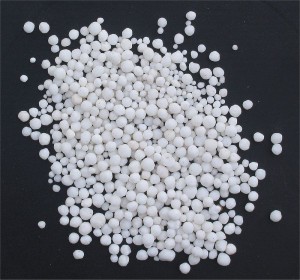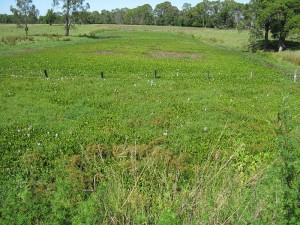A healthy lawn should be a rich green in color, so when it starts to turn yellow, the result can be worrying. But as usual, Mower Source has come to the rescue with these tips to try so you can revive your lawn. (Hint: using the right lawn mower is part of the equation).
Is It Getting Enough Water?
The first — and most obvious — culprit of a yellowing lawn is to look at its water supply. Grass is pretty thirsty and in need of constant watering, so if your lawn is looking yellow, crispy and brittle, then it may be a strong sign you need to water it more often.
However, if you live somewhere like California where there’s a drought going on and it’s not so practical to extra-water your lawn, different actions might be in order. Homeowners are increasingly turning to plants that don’t need as much water — but still look eye-catching, and more reminiscent of their native land — like the following:
The Lawn Mower Blades Might Be Dull
We said in the intro that one possible cause of a yellowing lawn might have to do with your lawn mower, and it usually comes down to the blades. If they’re not sharp enough, they won’t be cutting the grass tips off at the right angle, sort of like using an old razor to shave with. The ends become split and frayed, but sharpening the blades (or buying new ones) offers a cleaner cut and more surface area for the grass to get the sun.
There Could Be Nutrient Deficiencies, Too
If you’ve already ticked lawn mower blades and watering off the list but still have a yellow lawn, it could just be that it’s not getting fed properly. We like to think of grass as just needing water and sunlight to survive and thrive, but that’s not always the case.
One of the most common causes of a yellow (i.e. unhealthy) lawn is that it’s not getting enough iron and/or nitrogen. Luckily, the fix to this is really quick and easy, and just requires spreading a layer of fertilizer over the grass. Just remember to take into account what time of year it is and the combination of fertilizer.
Bugs Could Be Extra Feisty
We’re getting into trickier territory here, as getting rid of bugs eating away at your lawn is a harder process. Sure, you can douse your grass in toxic pesticides and clear the yard of all those hungry critters, but what kind of damage will that do to your grass? You have to remember that whatever kills the bugs will also have an effect on the grass, both in the short- and long-term.
For this, we recommend going into your local nursery or plants store and showing them pictures of just what kind of bugs are attacking your lawn. They’re experts in being able to diagnose these problems and can offer you the best (and hopefully most non-toxic) options to save your lawn (like using nematodes to take care of grubs).
Last: How Close Are Dogs Getting
This one is really easy to identify because if you have yellow patches on your lawn instead of the entire area, it’s almost a sure bet dogs are relieving themselves on your grass. And once one dog goes, others follow suit so they can mark their territory.
One easy option is to put in a little picket fence bordering your lawn so dogs can’t access it, but not so high that it cuts your off from your neighbors. You can also try putting some non-poisonous mixtures on your grass that might deter dogs, like the formula found on this link.









